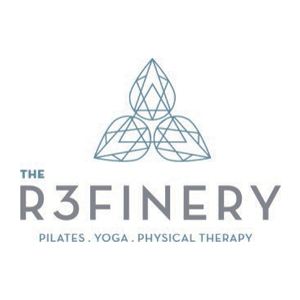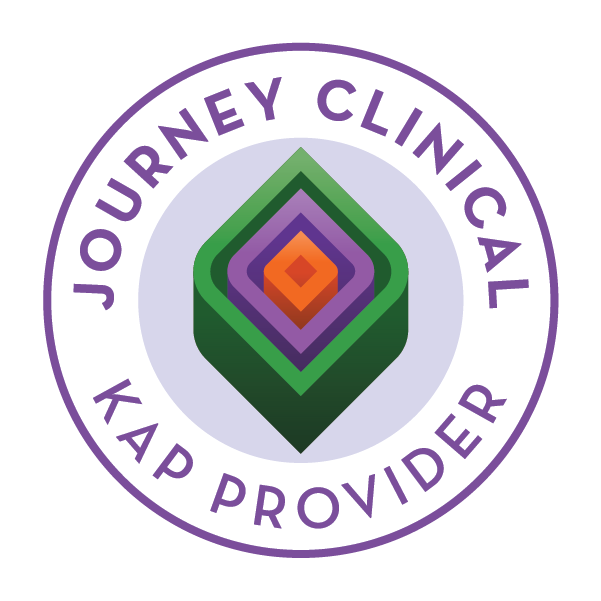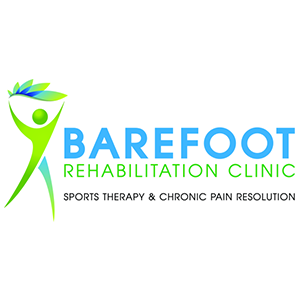Understanding Nervous System Regulation: A Body-First Approach to Mental Health
August 5, 2025
When Your Body Knows Before You Do As you're scrolling through your phone when an unexpected notification pops up from your boss asking to "chat tomorrow." Before you can even process what this might mean, your shoulders tense, your breathing becomes shallow, and your stomach drops. Your body has already responded to a perceived threat, even though logically, you know this could be about anything.
This instant physical response isn't a flaw in your system; it's your nervous system doing exactly what it evolved to do. The challenge is that our ancient survival mechanisms don't always distinguish between a charging tiger and a cryptic work email. Both can trigger the same cascade of physiological responses that once kept our ancestors alive.
Understanding how this system works and learning to work with it rather than against it, can transform your relationship with stress, anxiety, and emotional regulation.
Your Internal Security System: The Autonomic Nervous System
Think of your Autonomic Nervous System (ANS) as your body's sophisticated security system, constantly scanning for safety and threat. The control center of this system is the Vagus Nerve, a remarkable network that extends from your brainstem down through your torso, connecting to your heart, lungs, and digestive organs.
This nerve highway manages countless involuntary functions: your heartbeat, breathing rhythm, digestion, and immune responses. When this system becomes dysregulated through chronic stress or trauma, the effects ripple through every aspect of your well-being, physical, mental, and emotional.

The Three States: A Roadmap to Understanding Your Responses
Moving Forward with Compassion
Polyvagal Theory, developed by researcher Stephen Porges and made accessible by clinician Deb Dana, gives us a framework for understanding our nervous system responses. Imagine these three states as floors in a building:
The Penthouse: Ventral Vagal State (Safe and Social) This is your optimal state, where you feel grounded, connected, and capable. Your breathing flows naturally, your digestion works smoothly, and you can think clearly. You're present with others and able to learn, create, and problem-solve effectively. This is where healing and growth happen.
The Main Floor: Sympathetic State (Mobilized and Alert) When your system detects potential danger, you move into this activated state. Your heart races, muscles tense, and your focus narrows. While often labeled as "bad," this state serves an important purpose, it mobilizes energy for action. The key is learning when this activation is helpful versus when it's working against you.
The Basement: Dorsal Vagal State (Immobilized and Withdrawn) When threats feel overwhelming or inescapable, your system may shift into protective shutdown. Energy conservation becomes the priority. You might feel disconnected, foggy, or numb. While this state can feel concerning, it's actually your nervous system's attempt to protect you when other options seem unavailable.
A New Framework for Healing
Traditional therapy often focuses primarily on thoughts and behaviors. While these approaches have value, they may miss a crucial piece: your body's physiological state significantly influences your capacity to think clearly, regulate emotions, and connect with others.
Starting with Safety
Effective therapy begins by helping your nervous system recognize safety in the present moment. Through techniques like conscious breathing, grounding exercises, and co-regulation with a trusted therapist, you can begin to expand your capacity to stay in that optimal ventral vagal state.
Effective therapy begins by helping your nervous system recognize safety in the present moment. Through techniques like conscious breathing, grounding exercises, and co-regulation with a trusted therapist, you can begin to expand your capacity to stay in that optimal ventral vagal state.
Building Awareness
Learning to recognize your nervous system states throughout the day creates choice. Instead of being at the mercy of automatic responses, you can begin to notice: "I'm feeling activated right now. What does my system need to feel safer?"
Learning to recognize your nervous system states throughout the day creates choice. Instead of being at the mercy of automatic responses, you can begin to notice: "I'm feeling activated right now. What does my system need to feel safer?"
Developing Your Toolkit
Everyone's nervous system is unique, shaped by genetics, life experiences, and current circumstances. Effective regulation strategies are highly personalized. What soothes one person might activate another. The goal is developing a varied toolkit of techniques that work specifically for you.
Everyone's nervous system is unique, shaped by genetics, life experiences, and current circumstances. Effective regulation strategies are highly personalized. What soothes one person might activate another. The goal is developing a varied toolkit of techniques that work specifically for you.
Integration and Growth
Once your nervous system has greater capacity for regulation, traditional therapeutic approaches become more effective. You can engage more fully in processing experiences, changing thought patterns, and building healthier relationships.
Once your nervous system has greater capacity for regulation, traditional therapeutic approaches become more effective. You can engage more fully in processing experiences, changing thought patterns, and building healthier relationships.
Beyond Talk Therapy: A Holistic Approach
Mental health challenges often have deep roots in nervous system dysregulation. Addressing symptoms without attending to the underlying physiological patterns is like trying to calm turbulent water without addressing what's creating the disturbance beneath the surface.
This doesn't mean traditional therapy approaches aren't valuable. Cognitive techniques, family systems work, and attachment-focused interventions all have important roles. Rather, nervous system regulation provides the foundation that allows these approaches to be more effective.
When your body feels safe, your mind has greater capacity for insight, your emotions become more manageable, and your relationships can deepen. This body-first approach acknowledges the wisdom of your physiological responses while expanding your choices in how you respond to life's challenges.
Moving Forward with Compassion
Understanding nervous system regulation isn't about achieving perfect calm or never feeling activated. It's about developing a more conscious, compassionate relationship with your body's responses and expanding your capacity to navigate life's inevitable stressors with greater resilience and choice.
Your nervous system has been working tirelessly to keep you safe. Learning its language and responding to its needs isn't just about symptom management, it's about honoring the profound intelligence of your body and creating conditions where you can truly thrive.
Tired of feeling overwhelmed by stress and anxiety? If traditional talk therapy hasn't given you the lasting relief you're seeking, it might be time to address what's happening in your body first. Our therapists integrate nervous system regulation with evidence-based therapies for comprehensive healing.
Tired of feeling overwhelmed by stress and anxiety? If traditional talk therapy hasn't given you the lasting relief you're seeking, it might be time to address what's happening in your body first. Our therapists integrate nervous system regulation with evidence-based therapies for comprehensive healing.
Discover how a body-first approach can transform your mental health. Give us a call at (908) 663-2441 or email us at newclient@presenceofmindtherapy.com
Presence of Mind Therapy Blog

What actually happens in therapy? This post breaks down the core elements of the therapeutic process, from the importance of the client-therapist relationship to informed consent, neutrality, and what therapy is (and isn’t) meant to provide. A grounded, compassionate introduction for anyone considering therapy.





















Share On: